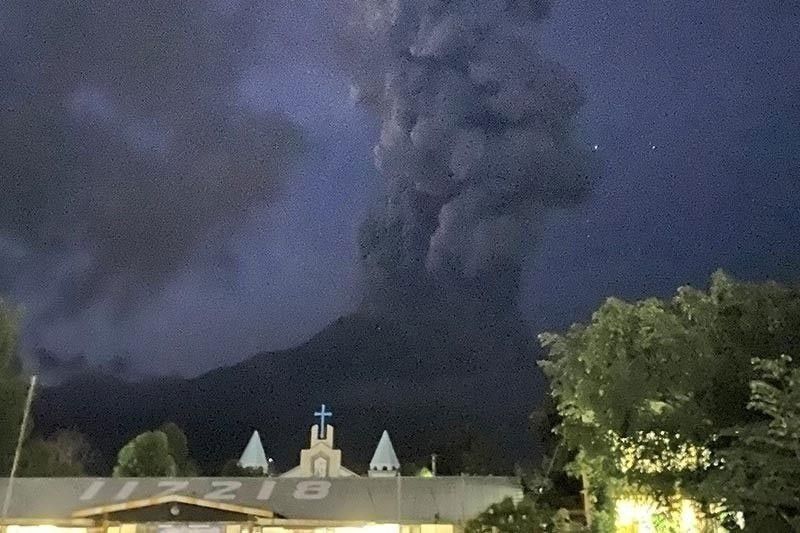Elevated gas emission logged at Kanlaon anew

MANILA, Philippines — State volcanologists yesterday recorded another elevated volcanic sulfur dioxide gas emission from Kanlaon Volcano on Negros Island.
The Philippine Institute of Volcanology and Seismology (Phivolcs) said the volcano spewed 4,839 tons of sulfur dioxide gas.
It was the third highest emission recorded from the volcano this year, and the fourth since the instrumental gas monitoring began, Phivolcs said.
“Kanlaon has been degassing increased concentrations of volcanic sulfur dioxide at an average of 1,273 tons per day prior to the June 3 eruption. The emission since then has been particularly elevated at a current average of 3,037 tons per day,” Phivolcs said.
Volcanic earthquakes have been reccurring at an average rate of nine events per day since June 3.
State volcanologists said that swelling of Kanlaon’s edifice and eastern flank have been noted since March this year and last year, respectively, which indicated that a slow but sustained pressurization is occurring within the volcano.
“The overall monitoring parameters indicate that magmatic processes beneath the volcano may be driving current unrest, causing persistently high concentrations of volcanic gas emission, swelling of the edifice and occasional volcanic earthquake activity,” Phivolcs said.
Alert Level 2 or increasing unrest remains hoisted over Kanlaon.
“This means that there is a current unrest driven by shallow magmatic processes that can eventually lead to explosive eruptions or even precede a hazardous magmatic eruption at the summit crater,” the agency said.
Phivolcs advised the public to remain vigilant and avoid entry into the volcano’s four-kilometer-radius permanent danger zone.
In case of ash fall events, people were advised to cover their nose and mouth with a damp, clean cloth or dust mask.
- Latest
- Trending

































